Pierre-Antoine Martenet
Pierre-Antoine Martenet has been appraising old paintings for many years. For Auctie's, he is responsible for appraising and valuing them in our sales at Hôtel Drouot.

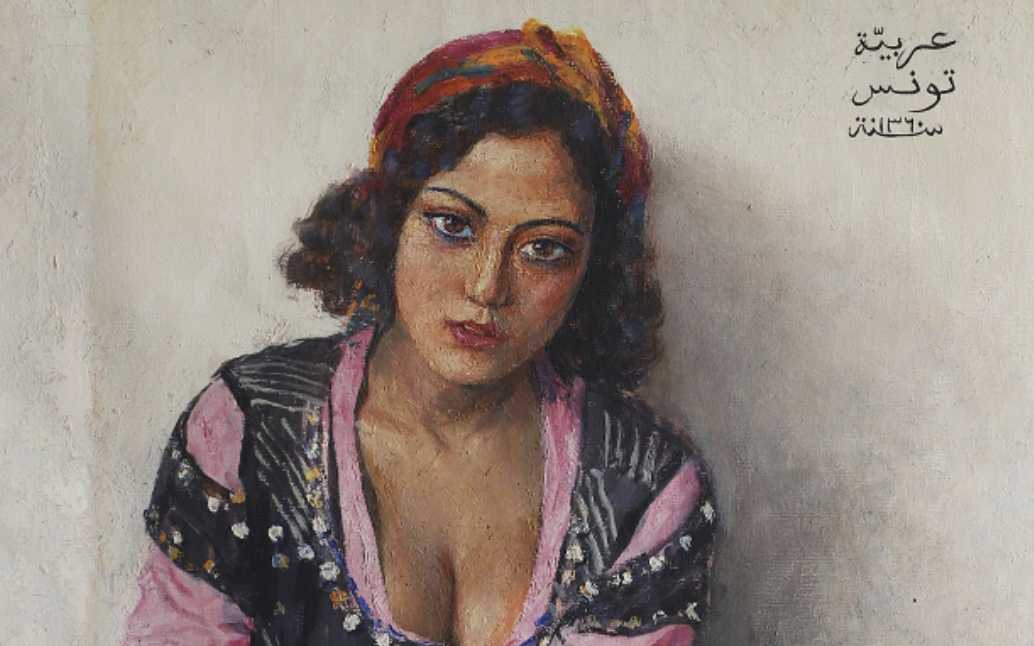
If you own one or more paintings, from any period, and would like to know their value, our state-approved experts and auctioneers can offer you their expert appraisal services.
Our specialists will carry out a free appraisal of your work, and provide you with a precise estimate of its current market value.
Then, if you want to sell your work, we'll point you in the right direction to get the best possible price for it.
Pierre-Antoine Martenet has been appraising old paintings for many years. For Auctie's, he is responsible for appraising and valuing them in our sales at Hôtel Drouot.

Paintings are currently sought-after collector's items for many ancient and contemporary artists. If you own one or more, they may be worth more than you think. On the art market, prices for these objects can be very high under the auctioneer's hammer.
Their appraisal is also sometimes very complicated and subject to numerous rules. The value of your painting can vary according to many factors, and it needs, for all the reasons listed below, to be entrusted to a specialist if it has a minimum value or if it falls within a precise field of specialization.
Buying paintings at auction, whether antique or contemporary, offers many advantages for collectors and art lovers. On the one hand, auctions offer the opportunity to acquire unique works, often steeped in history, which may come from different eras and artistic movements. These works, sometimes otherwise inaccessible, are brought to light by experts who guarantee their authenticity and value. What's more, auctions enable buyers to discover rare pieces and build a diversified collection at prices potentially lower than those on the traditional market. What's more, the competitive auction process adds an exciting dimension to the acquisition, making each purchase all the more rewarding.
Numerous paintings are presented for sale every week at Drouot, throughout France, Europe and the rest of the world, enabling buyers to go to the show to see the potential of the works, and choose which one will be their next purchase.
Buyers may bid for your painting for a variety of reasons: love at first sight, collection, decorative needs, investment, etc. All of these factors will help your painting to sell quickly once its appraisal has been completed.
The first thing we often take into account when estimating and appraising a painting is the artist who created it.
In many cases, thanks to the knowledge of auctioneers and experts, it is possible to find the artist very quickly, and without any particular doubt. However, sometimes it's too risky to put an artist's name on a painting.
So we'll make an attribution by school or workshop. Sometimes, we will see a mention "attributed to" or "in the taste of". This means that there is a possibility that the painting was produced by the artist in question, but that the documentary resources available did not allow us to attribute the painting with any certainty.
The expression "in the taste of", on the other hand, refers more to a copy, or a student who has created a painting begun by his master. This expression can be used in a variety of contexts.
In some cases, the painting simply cannot be attributed to any artist. In such cases, time is a very important factor in describing the painting. Indeed, it's not uncommon to read references to "19th-century school", etc.
The period of creation is very important in the appraisal of the painting, and more precisely the current. For example, the terms "Renaissance" and "Baroque" correspond to a period, while Impressionism corresponds to a movement.
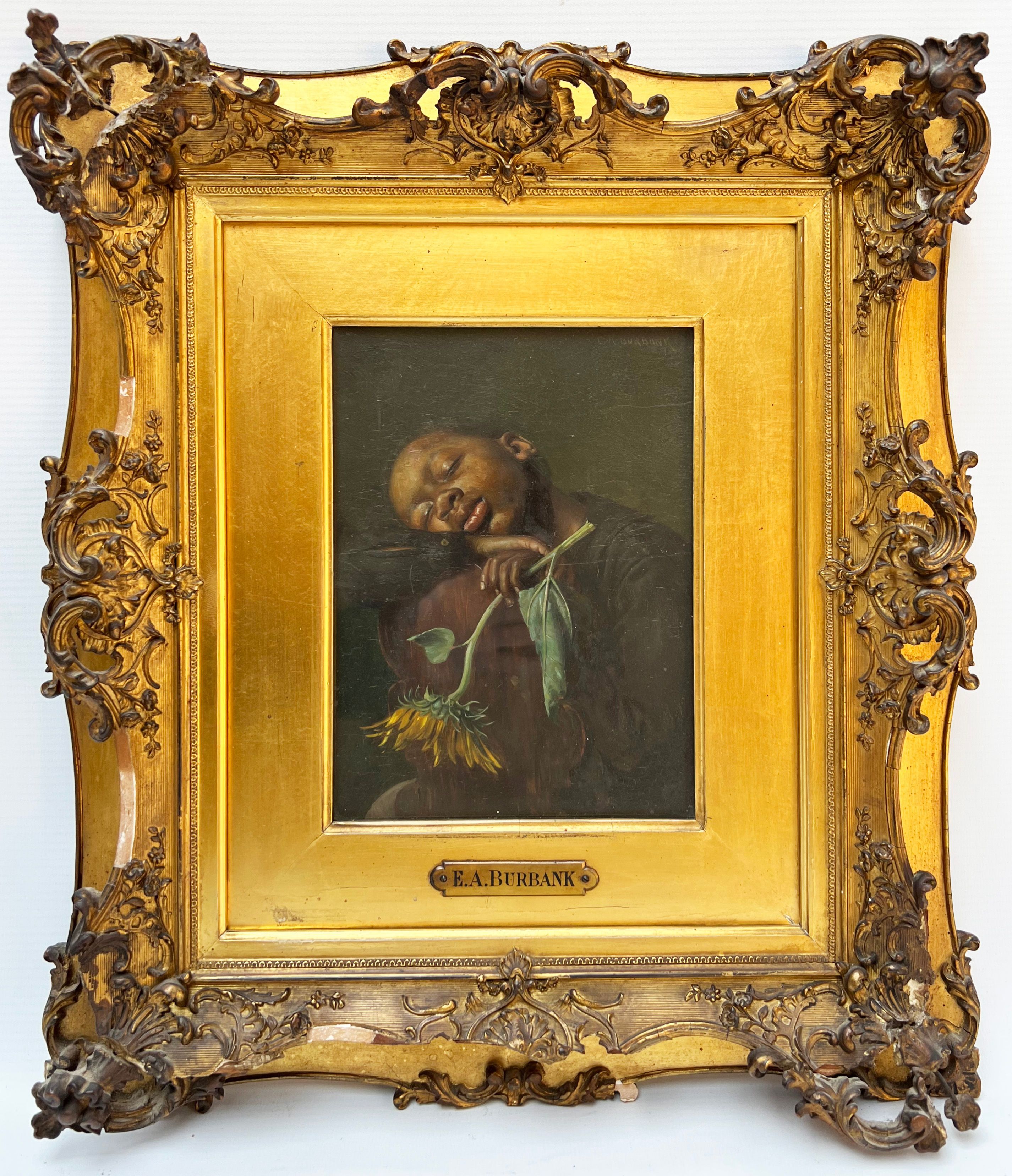
More broadly, we need to take into account the historical and artistic context in which the work was created, which can be important in understanding the subject represented.
For example, depicting post-revolutionary elements in a Romantic context is consistent, while depicting an Assumption scene in this context is less common and less consistent.
Moreover, a painting can be the result of cross-influences, and we can't put each painting in a predefined box, period or current. Some artists live through their times, and their work is the result of multiple influences and experimentation.
Next, it is essential to consider theartistic and cultural importance of the work: its contribution to art history, the influence of the artist and the work on other artists and movements, and the work's recognition in artistic and museum circles.
All these factors are characteristics that will make the painting shine on the art market, giving it a history, a past and a deeper, more important meaning.
Finally, we analyze the aesthetics and composition of the work: balance, proportions, perspective. All this obviously depends on the previous elements, and is subjective to the audience.
Can anyone find a painting byOlivier Debré or Pierre Soulages balanced and perfectly proportioned, while someone else will find it totally unbalanced and untidy.
In this context, the use of color, light and shadows will also be very important in explaining the painter's artistic approach: understanding what he wanted to represent and how he wanted to represent it.
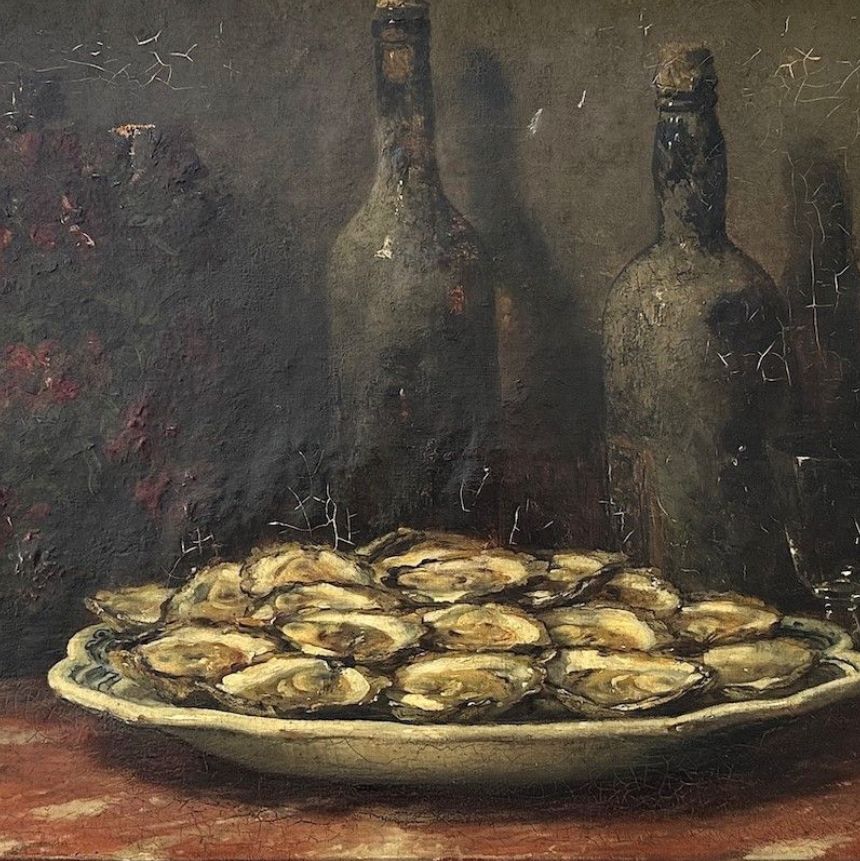
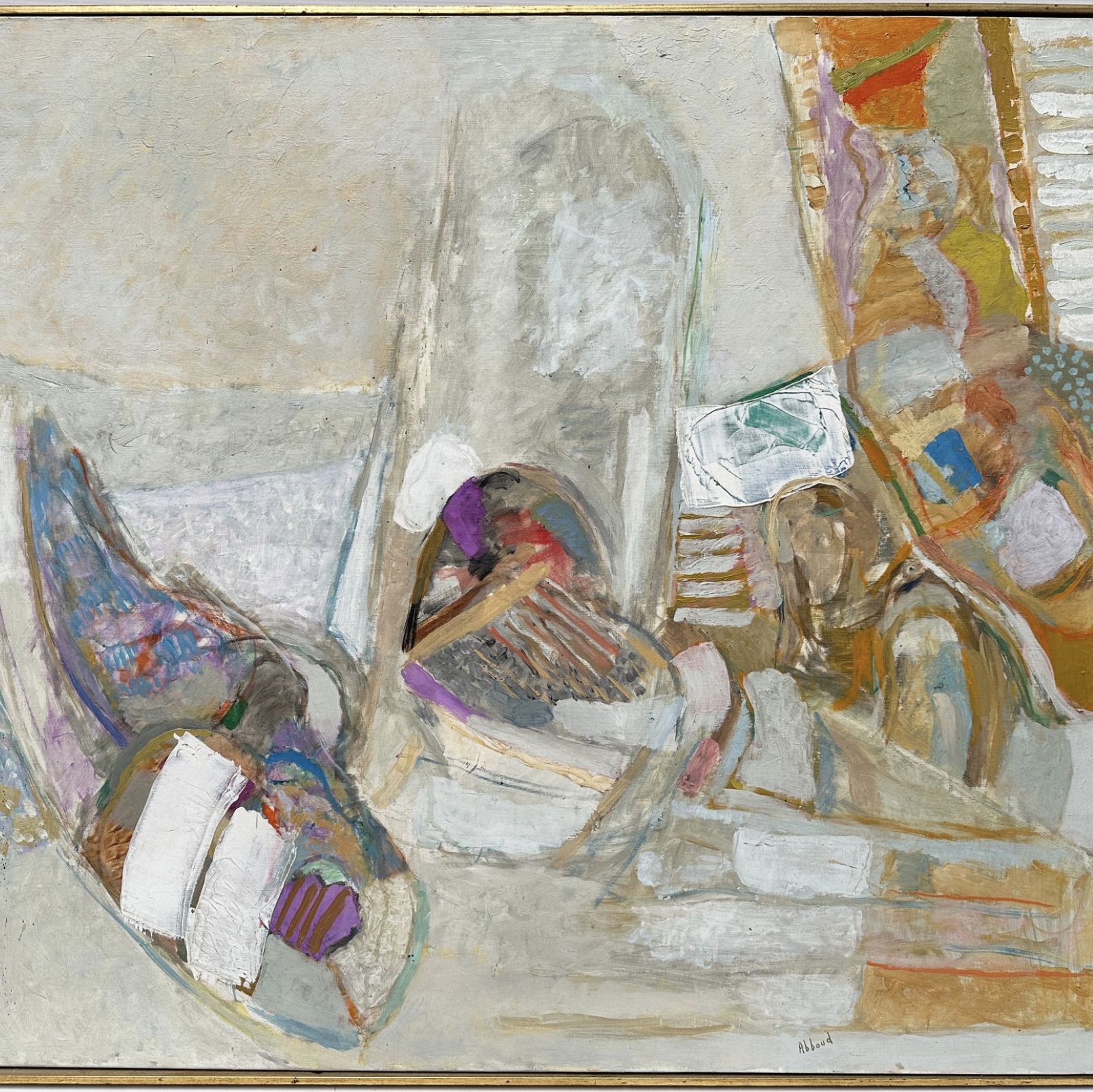
Naturally, technique is an aspect that the experts will focus on in order to describe and enhance your painting.
First, you need to identify the medium used to produce the work: watercolor, oil, acrylic, charcoal, brush, combined with the support used: canvas, wood, paper. This leads to descriptions such as "oil on cardboard", "paper mounted on canvas", etc.
Specific techniques can sometimes be used: impasto, sfumato, pointillism, stencil... the technique can influence the durability and conservation of the work. Géricault's Le radeau de la Méduse (The Raft of the Medusa) is currently the most telling example of this, as the tar paint is blackening the entire canvas.
The framing of the painting is also important. It's a skill in its own right, and one that adds value to the painting if it's well executed. Contemporary frames on old paintings tend to de-center the work from its context.
Many different materials can be used to make the frame, and some buyers pay particular attention to this, as it has an impact on the preservation and presentation of the painting, and more broadly on its value.
Finally, conservation can sometimes affect the value of your painting. The expert takes into account restorations, alterations and wear, in order to assess the overall condition of the painting. This may be linked to storage conditions: humidity often affects works of art.
Too much light can also burn the surface of the canvas, destroying the pigments and permanently changing their coloring. Poorly performed conservation operations can be dangerous for the painting.
A poorly restored or over-varnished painting can lose its creative context, its essence and, of course, its value. It's important to preserve the work of artists, which doesn't necessarily mean preserving all works in their original state.
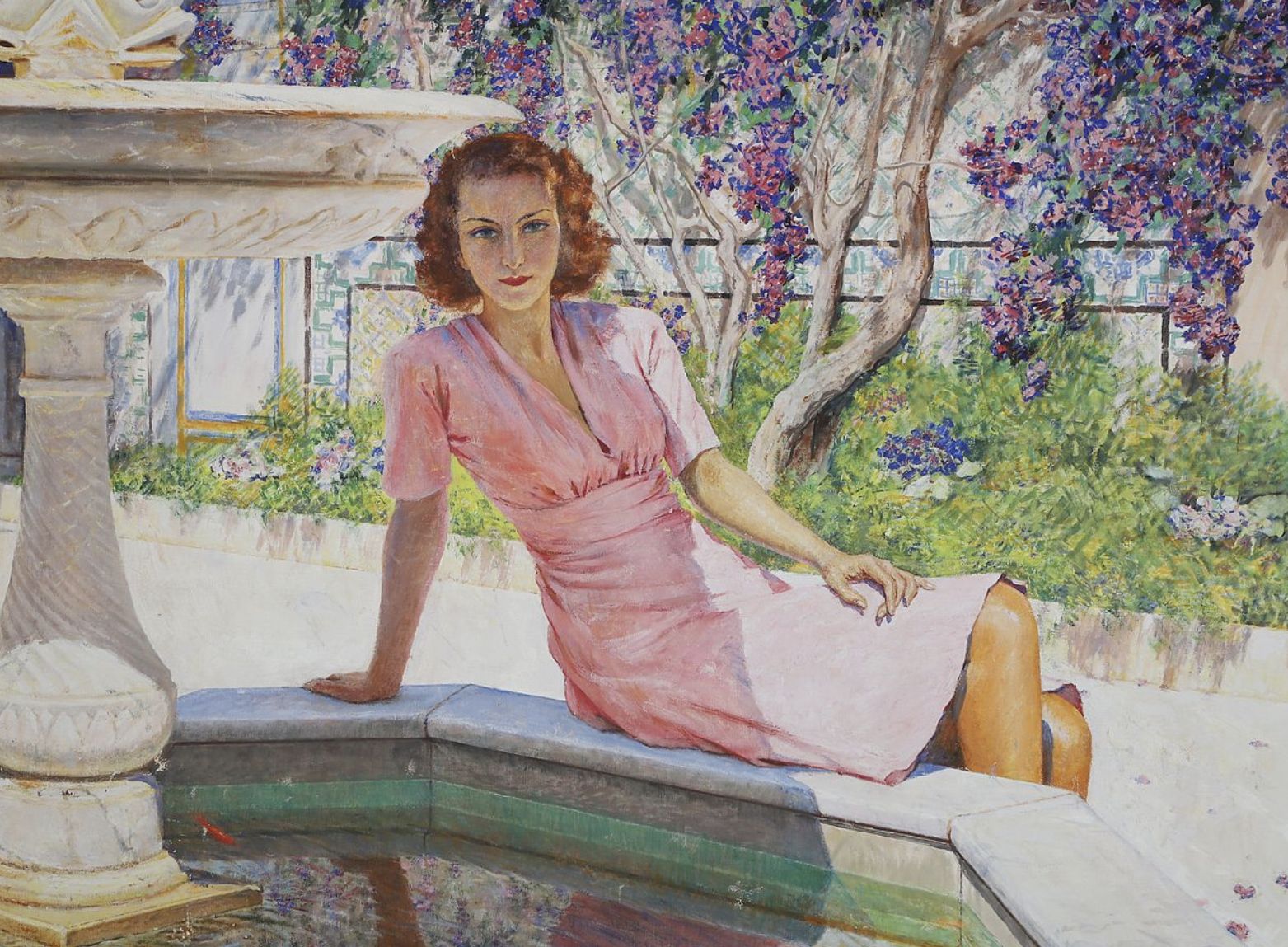
The auctioneer or specialist who appraises your painting must also take into account theoretical aspects.
Authenticity and provenance are very important factors. For many twentieth-century artists, it is essential to work with committees that have a monopoly on deciding whether a painting is authentic or not. This is the case for Calder or Tapies.
The work's traceability and history of ownership and sale are also crucial. A painting whose provenance cannot be established loses its value. On the contrary, if the painting has a royal provenance or belonged to an important personality, this will increase its value.
Recent sales to disperse the collections of celebrities such as Hubert de Givenchy have achieved record sums. Others include the Depardieu collection and theAlain Delon collection, which fetched over eight million euros.
The signature is also very important, and can in some cases double the value of a painting. Naturally, it must be authentic, since some artists' signatures are easy to falsify.
There may be other markings or labels, such as the specific embossing on Yves Klein's works. With the committee's approval, the experts have no difficulty in establishing the authenticity of the signature in these cases.
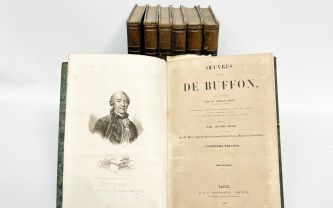
Have your books and manuscripts appraised for free
Old books and manuscripts are treasures for collectors. Having them appraised by experts is fundamental.
Read more >
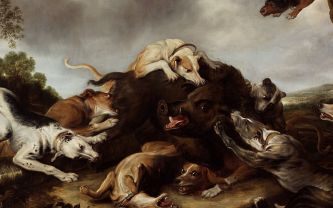
Rating and value of old paintings, drawings, Belgian engravings...
Early paintings by the Antwerp school are very popular at auction, and their value is rising. Rubens and others are highly prized.
Read more >
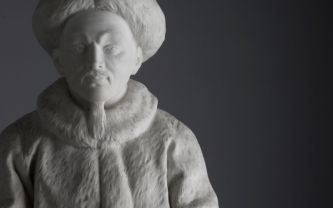
Rating and value of Sèvres cookies
Sèvres porcelain cookies are unique works of art that are highly prized on the auction market. Their value is very high.
Read more >
Secure site, anonymity preserved
State-approved auctioneer and expert
Free, certified estimates